These 25+ pasta recipes are a must-try for anyone who loves carbs and wants to try out different flavors and ingredients. They offer a range of options to cater to different tastes, dietary requirements, and lifestyles. Additionally, many of these recipes are easy to make, budget-friendly, and perfect for meal prep, making them a convenient and practical option for busy individuals. Trying out these pasta recipes is also a fun way to bond with family or friends and expand your culinary skills.
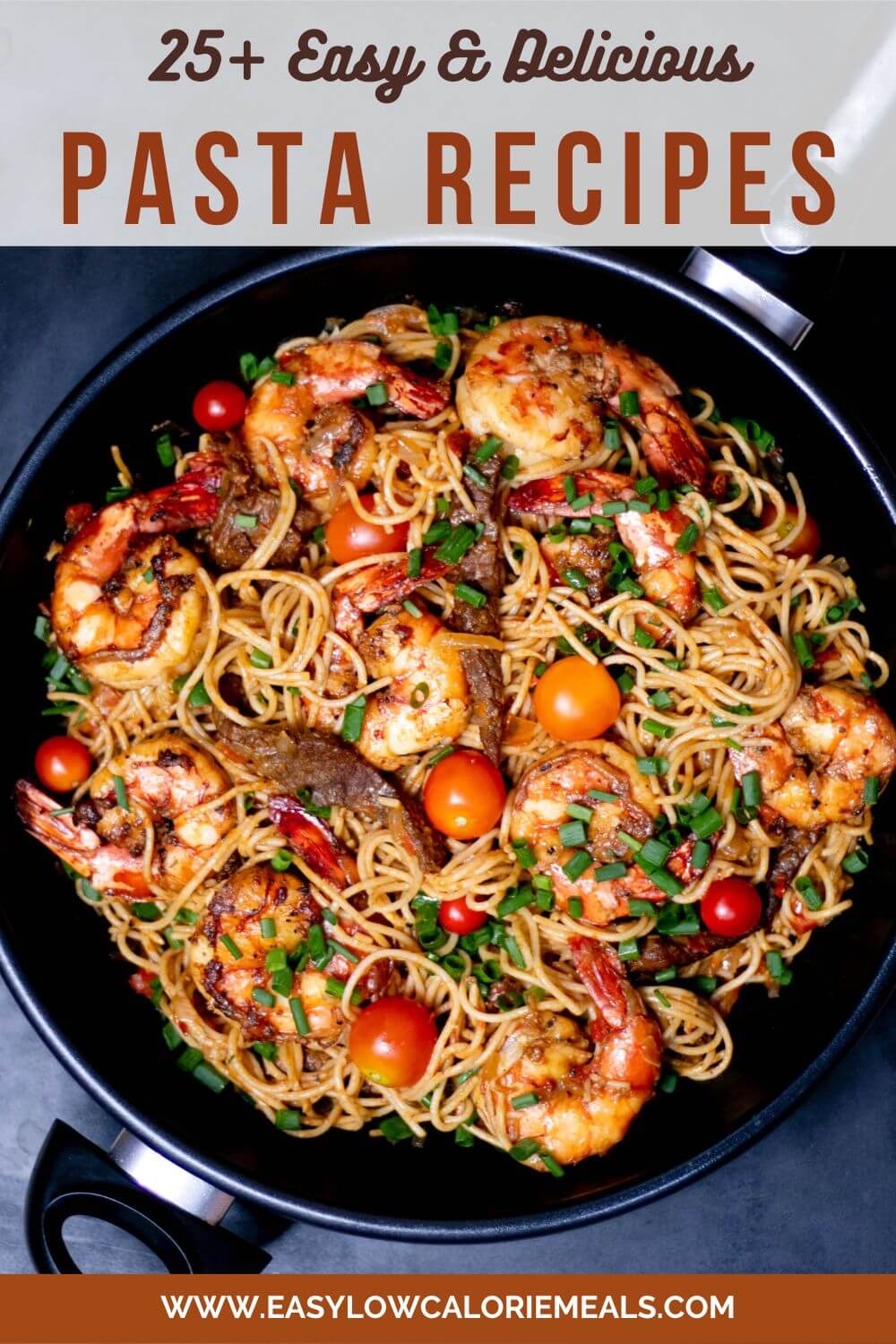
Table of Contents
- Why you’ll love pasta recipes
- Ingredients
- Substitutions and Variations
- Step-by-Step Instructions
- Tips
- Storage and Make Ahead Instructions
- Recipe FAQs
- Best and Easy Pasta Recipe Collection
- Recipe Card
Why you’ll love pasta recipes
There are several reasons why people love pasta recipes:
- Versatility: Pasta is a versatile food that can be paired with a variety of ingredients and flavors. From simple tomato sauce to creamy alfredo sauce, pasta dishes can be customized to suit individual preferences.
- Convenience: Pasta is easy and quick to cook, making it a popular choice for busy individuals and families.
- Comfort food: Many people associate pasta dishes with comfort and home-style cooking. A warm bowl of spaghetti or mac and cheese can evoke feelings of comfort and nostalgia.
- Affordability: Pasta is a relatively inexpensive food item that can be purchased in bulk and used in a variety of dishes.
- Cultural significance: Pasta is an important part of Italian cuisine and has been enjoyed for centuries around the world. Many people appreciate the cultural significance of pasta dishes and enjoy learning about the history and traditions associated with them.
Overall, people love pasta recipes because they are delicious, versatile, and can be customized to suit individual preferences. Additionally, pasta is easy to cook, affordable, and has cultural significance in many parts of the world.
While you are here, you should definitely check out super easy and incredibly delicious chicken wings recipes and snack ideas for game nights. Follow this for exclusive easy-to-make chicken dinner ideas, and for desserts, check out these 20+ must-try American classic treats!
Ingredients
There are many ingredients used in making pasta recipes, but some of the most common ones and their roles in the recipe include the following:
- Pasta: The main ingredient in any pasta recipe, pasta comes in many shapes and sizes, and is typically made from wheat flour, water, and sometimes eggs.
- Sauce: The sauce is what gives pasta its flavor and moisture. There are many types of sauces, including tomato-based, cream-based, oil-based, and pesto.
- Cheese: Cheese is a popular topping for pasta dishes and can add creaminess and flavor. Some common cheeses used in pasta recipes include parmesan, mozzarella, and ricotta.
- Meat: Meat, such as ground beef, sausage, or chicken, can be added to pasta dishes for extra protein and flavor.
- Vegetables: Vegetables like onions, garlic, bell peppers, and mushrooms can be sautéed and added to pasta dishes for added nutrition and flavor.
- Herbs and spices: Herbs and spices like basil, oregano, parsley, and red pepper flakes are commonly used to add flavor to pasta dishes.
- Olive oil: Olive oil is often used in pasta recipes, particularly in oil-based sauces, to add richness and depth of flavor.
Overall, the ingredients used in pasta recipes can vary greatly depending on the type of dish being prepared, but pasta, sauce, cheese, meat, vegetables, herbs, and olive oil are some of the most common ones.
Substitutions and Variations
Substitutions
There are many popular substitutions that can be made to the ingredients used in pasta recipes, depending on personal preferences, dietary restrictions, or ingredient availability. Some common substitutions include:
- Pasta: For those who are gluten-free or looking for a lower-carb option, there are many alternatives to traditional wheat-based pasta, including pasta made from brown rice, quinoa, chickpeas, zucchini, or spaghetti squash.
- Sauce: There are many ways to substitute traditional tomato-based or cream-based sauces, including using pesto, olive oil, or even pureed vegetables like roasted red peppers or butternut squash as a sauce base.
- Cheese: For those who are lactose intolerant or vegan, there are many non-dairy cheese alternatives, such as nutritional yeast, cashew cheese, or tofu-based ricotta.
- Meat: For a vegetarian or vegan option, meat can be substituted with plant-based proteins like tofu, tempeh, or seitan.
- Vegetables: Almost any type of vegetable can be used in pasta dishes, depending on personal preference or ingredient availability. Some popular options include spinach, kale, eggplant, zucchini, or roasted tomatoes.
- Herbs and spices: Different herbs and spices can be used depending on personal preference or availability. For example, instead of basil, cilantro or parsley can be used, and instead of red pepper flakes, black pepper or paprika can be used.
- Olive oil: For those who prefer not to use olive oil, other types of oil can be substituted, such as avocado oil, coconut oil, or sesame oil.
Overall, there are many substitutions that can be made to the ingredients used in pasta recipes, depending on personal preferences or dietary restrictions.
Variations
There are countless variations to pasta recipes, as the dish can be customized in numerous ways to suit individual preferences or ingredient availability. Here are some popular variations to pasta recipes:
- Vegetarian or Vegan: Pasta dishes can easily be made vegetarian or vegan by using plant-based proteins, like tofu or lentils, instead of meat, and non-dairy cheese or cream substitutes.
- Seafood: Seafood, such as shrimp, scallops, or clams, can be added to pasta dishes for extra protein and flavor.
- Spicy: Adding hot peppers or red pepper flakes to the dish can add heat and spice.
- Creamy: Adding cream, butter, or cheese to the sauce can create a creamy and rich texture.
- Baked: Pasta dishes can be baked in the oven with a layer of cheese or breadcrumbs on top for added texture and flavor.
- One-Pot: One-pot pasta recipes are becoming increasingly popular, as they require less clean-up and are easy to make. In this variation, all the ingredients, including pasta, sauce, vegetables, and protein, are cooked in one pot.
- Stuffed: Some pasta shapes, like manicotti or shells, can be stuffed with a filling of cheese, meat, or vegetables.
- Cold: Some pasta dishes, like pasta salad or gazpacho, can be served cold for a refreshing and light meal.
Overall, there are endless variations to pasta recipes, and they can be customized in numerous ways depending on individual preferences or ingredient availability.
Step-by-Step Instructions
- Boil the water: Fill a large pot with water and bring it to a boil over high heat. Add salt to the water to season the pasta.
- Cook the pasta: Add the pasta to the boiling water and cook according to the package instructions, stirring occasionally to prevent sticking. Depending on the pasta shape and type, cooking time can vary from 8 to 12 minutes.
- Prepare the sauce: While the pasta is cooking, prepare the sauce. Heat olive oil in a pan and sauté the onions and garlic, then add the tomato sauce or other sauce ingredients and let it simmer until it thickens.
- Drain the pasta: Once the pasta is cooked, drain it in a colander and reserve some pasta water.
- Combine pasta and sauce: Add the drained pasta to the sauce and toss until the pasta is coated in the sauce. If the sauce is too thick, add some reserved pasta water to thin it out.
- Add additional ingredients: Add any additional ingredients to the pasta and sauce, such as vegetables, meat, or cheese.
- Serve: Plate the pasta and serve hot, topped with grated cheese and fresh herbs if desired.
Overall, the steps for preparing pasta recipes can vary depending on the specific dish, but boiling the water, cooking the pasta, preparing the sauce, combining the pasta and sauce, adding additional ingredients, and serving are common steps in most pasta recipes.
Tips
Here are some expert chef tips to prepare the best pasta dish:
- Use plenty of salt: Add a generous amount of salt to the boiling water before cooking the pasta. This will help to season the pasta and prevent it from sticking together.
- Don’t overcook the pasta: It’s important to cook the pasta al dente, which means it should be cooked through but still slightly firm to the bite. Overcooked pasta can become mushy and lose its texture.
- Save some pasta water: Before draining the pasta, reserve some pasta water. This starchy water can be added to the sauce to help it thicken and adhere better to the pasta.
- Use good quality ingredients: Using high-quality pasta, sauce, and additional ingredients will help to elevate the overall flavor and quality of the dish.
- Toss the pasta in the sauce: Once the pasta is cooked, add it directly to the sauce in the pan and toss it until it is well coated. This will help the sauce to adhere to the pasta and ensure that every bite is flavorful.
- Add fresh herbs and cheese: Finishing the dish with fresh herbs, such as basil or parsley, and grated cheese will add extra flavor and texture to the pasta.
- Taste as you go: Taste the pasta and sauce as you cook to adjust the seasoning and ensure that the flavors are balanced.
By following these expert chef tips, you can create a delicious and perfectly cooked pasta dish every time.
Storage and Make Ahead Instructions
- Storage: If you have leftover pasta, store it in an airtight container in the refrigerator for up to three days. Reheat it in the microwave or on the stove with a little bit of water or sauce to prevent it from drying out.
- Freeze: Cooked pasta can be frozen in an airtight container for up to three months. When reheating, defrost it in the refrigerator overnight and then reheat it on the stove or in the microwave.
- Make-ahead: Some pasta dishes can be made ahead of time and then reheated before serving. Baked pasta dishes, like lasagna, can be assembled and then refrigerated or frozen until ready to bake. Pasta salads can also be made ahead of time and refrigerated until ready to serve.
- Cook pasta in advance: You can cook the pasta in advance and store it in the refrigerator for a day or two. When you’re ready to serve, simply reheat the pasta and combine it with the sauce and other ingredients.
- Prepare the sauce in advance: Some pasta sauces can be prepared in advance and then stored in the refrigerator for a day or two. When you’re ready to serve, reheat the sauce and combine it with freshly cooked pasta.
Recipe FAQs
Make sure to use a large pot of water to cook the pasta and stir it occasionally while it’s cooking. Adding a little bit of oil to the water can also help to prevent sticking.
You can reheat leftover pasta in the microwave or on the stove with a little bit of water or sauce to prevent it from drying out.
Yes, cooked pasta can be frozen in an airtight container for up to three months.
You can make your pasta dish healthier by using whole-grain pasta, adding plenty of vegetables, using lean protein sources, and reducing the amount of cheese and heavy cream in the sauce.
Best and Easy Pasta Recipe Collection
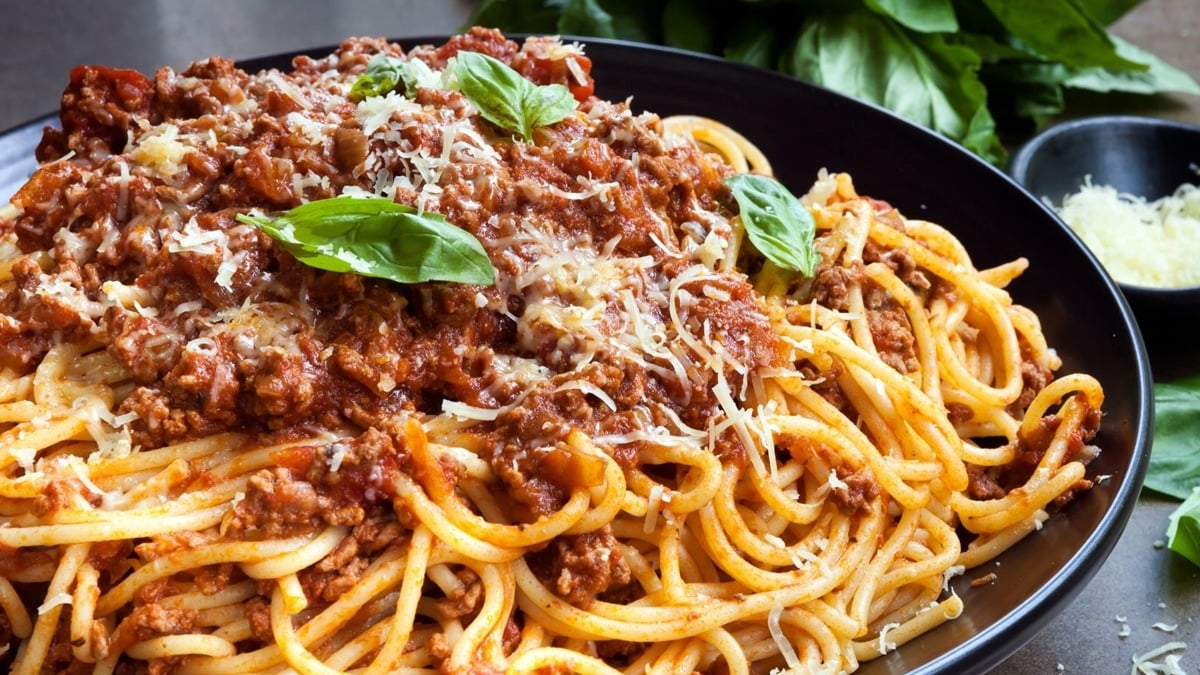

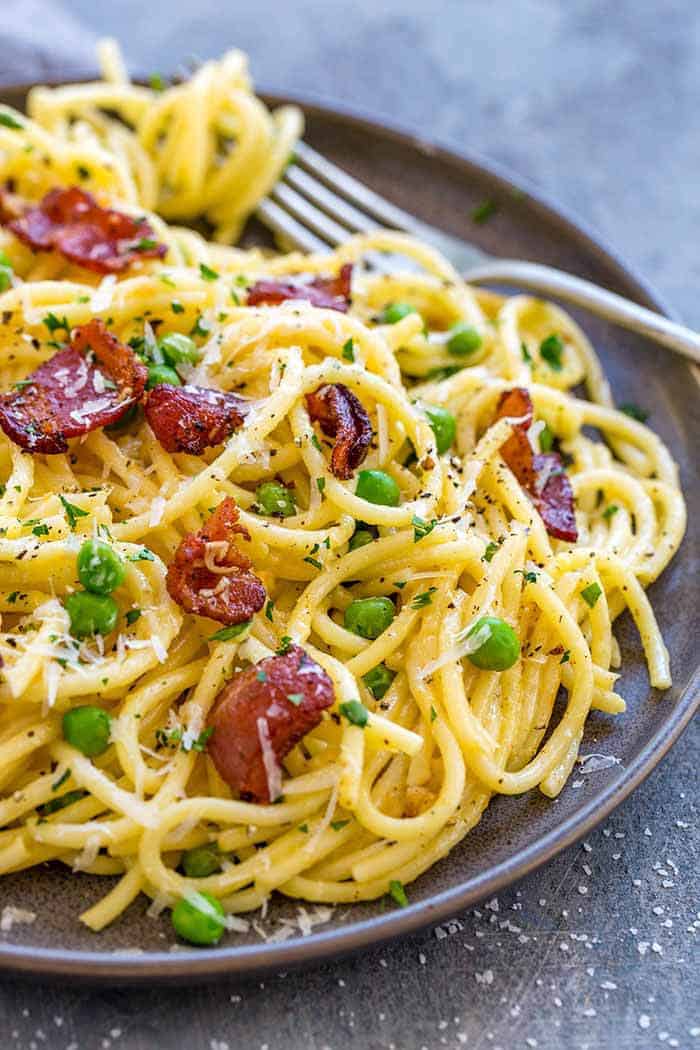
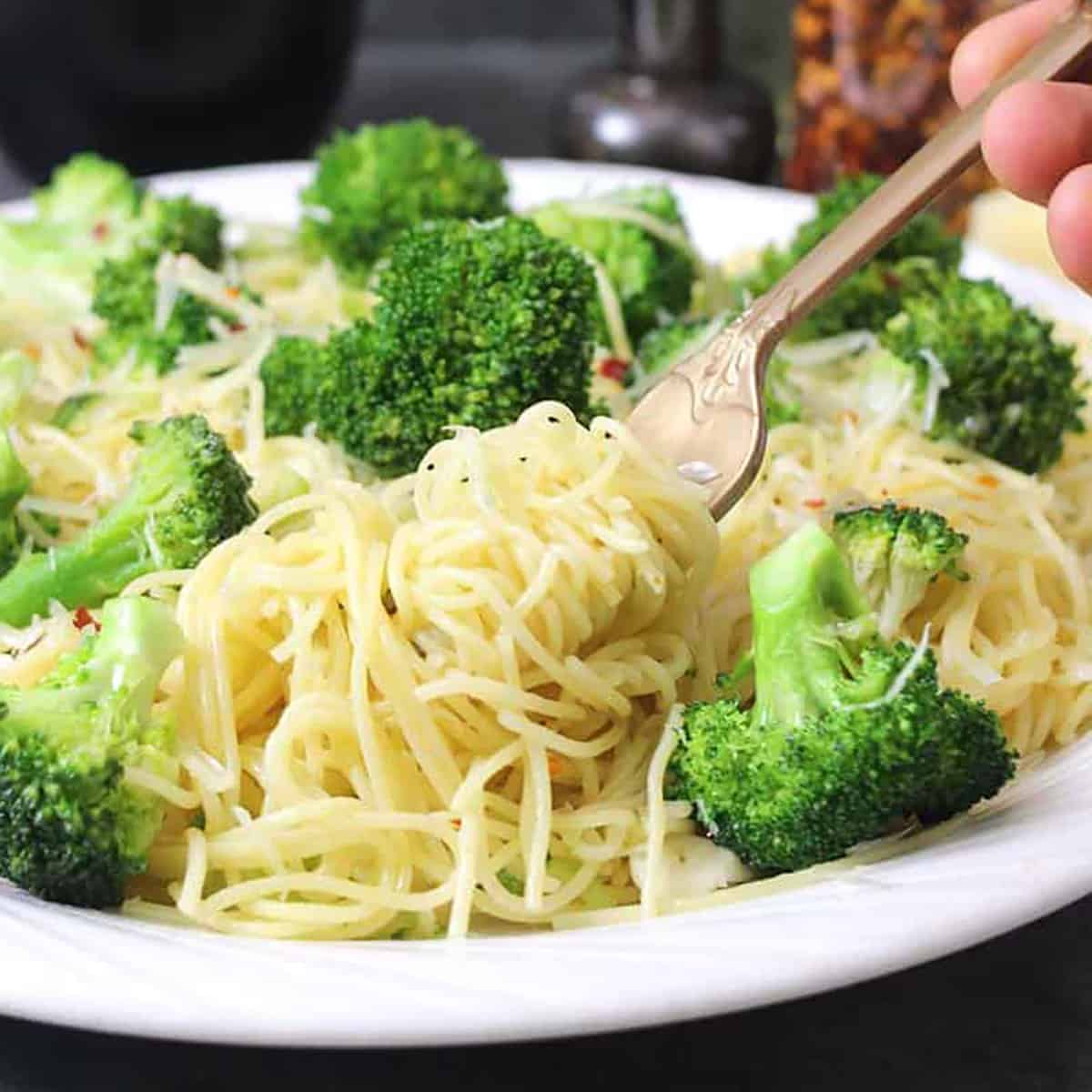
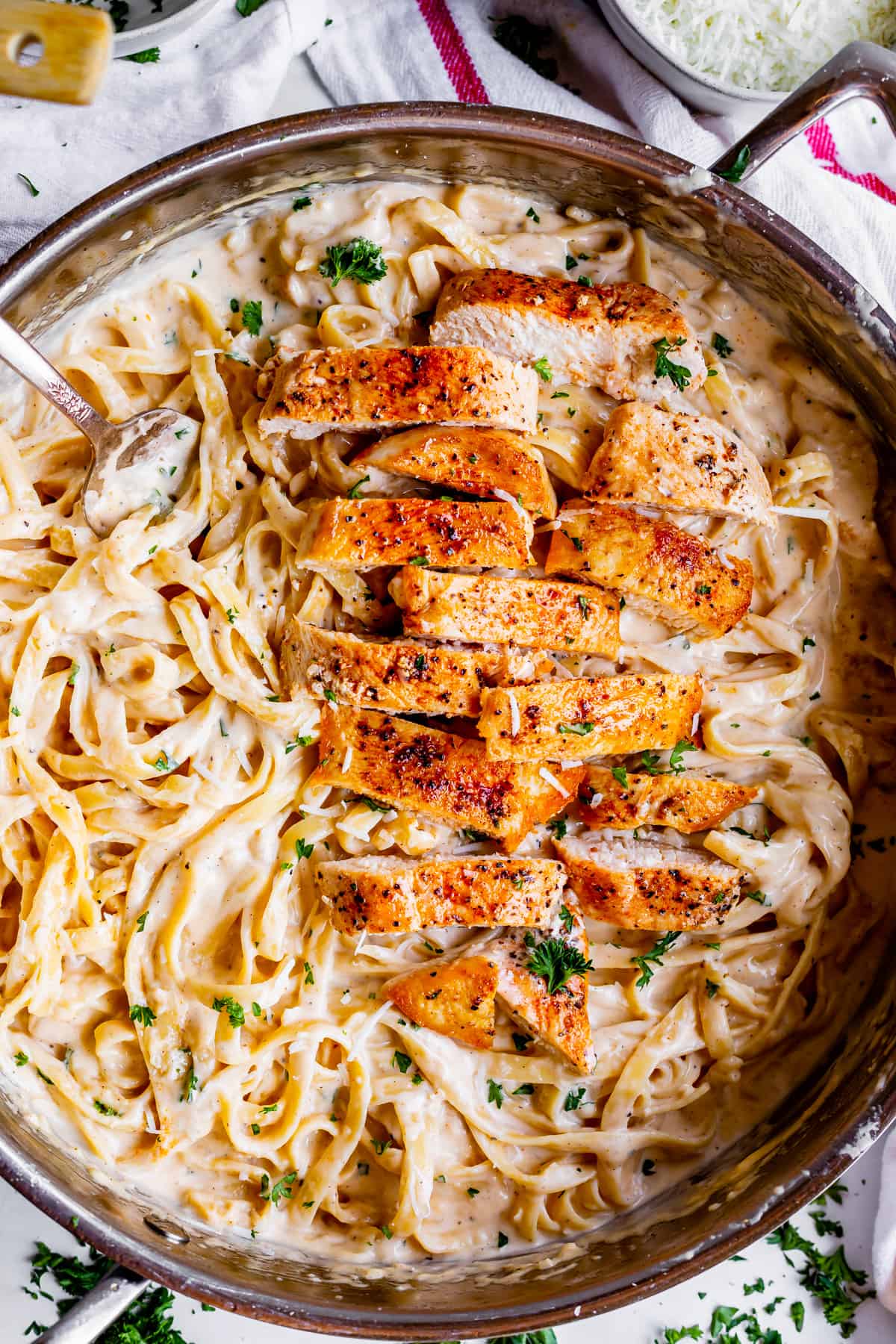

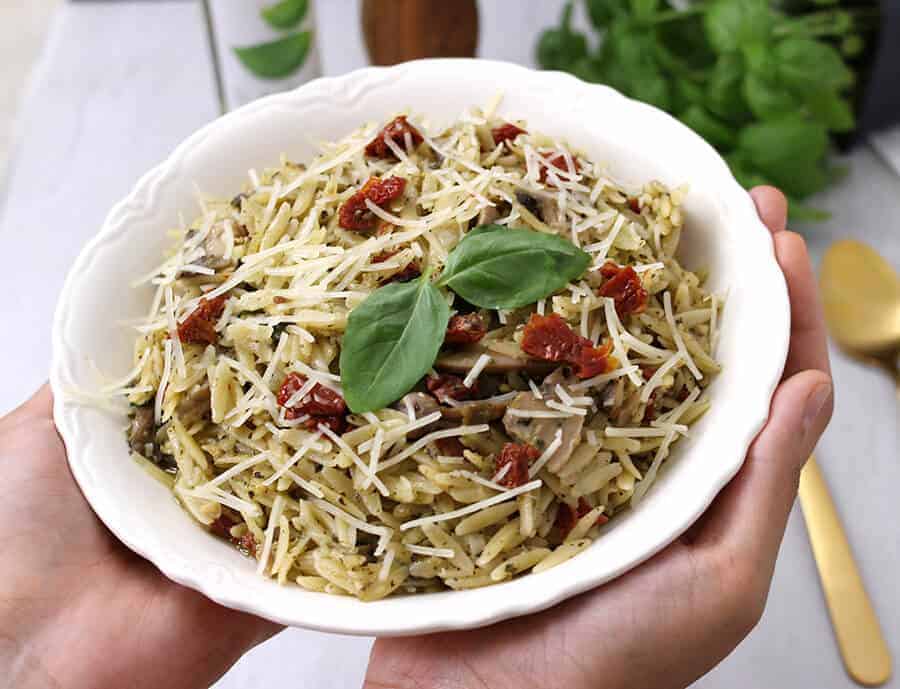

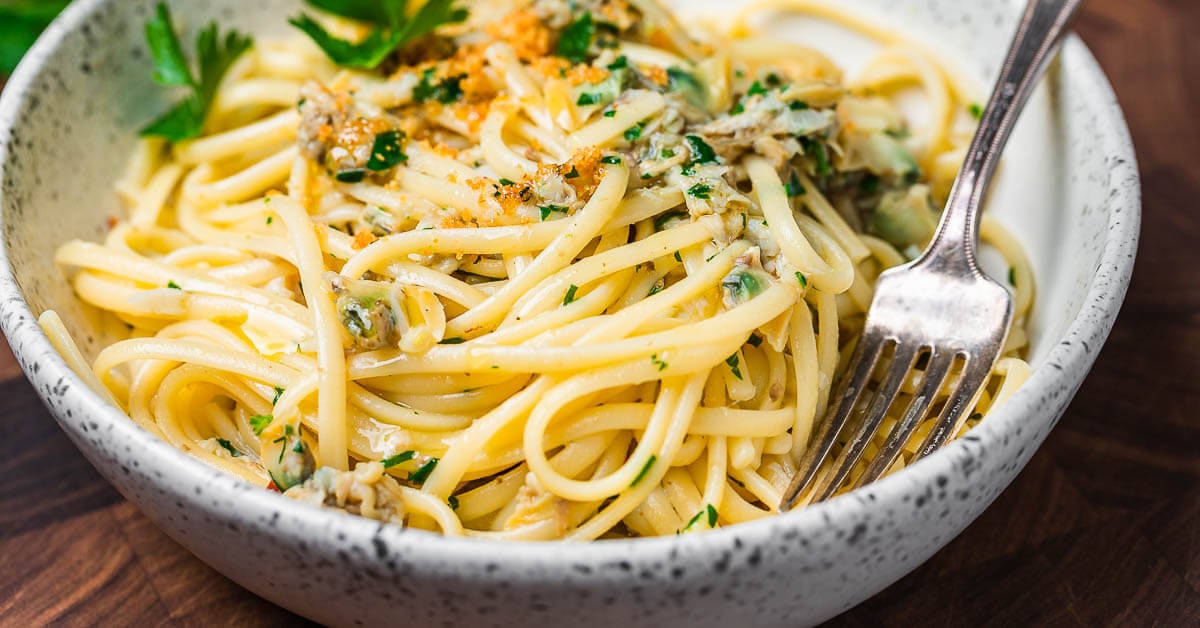
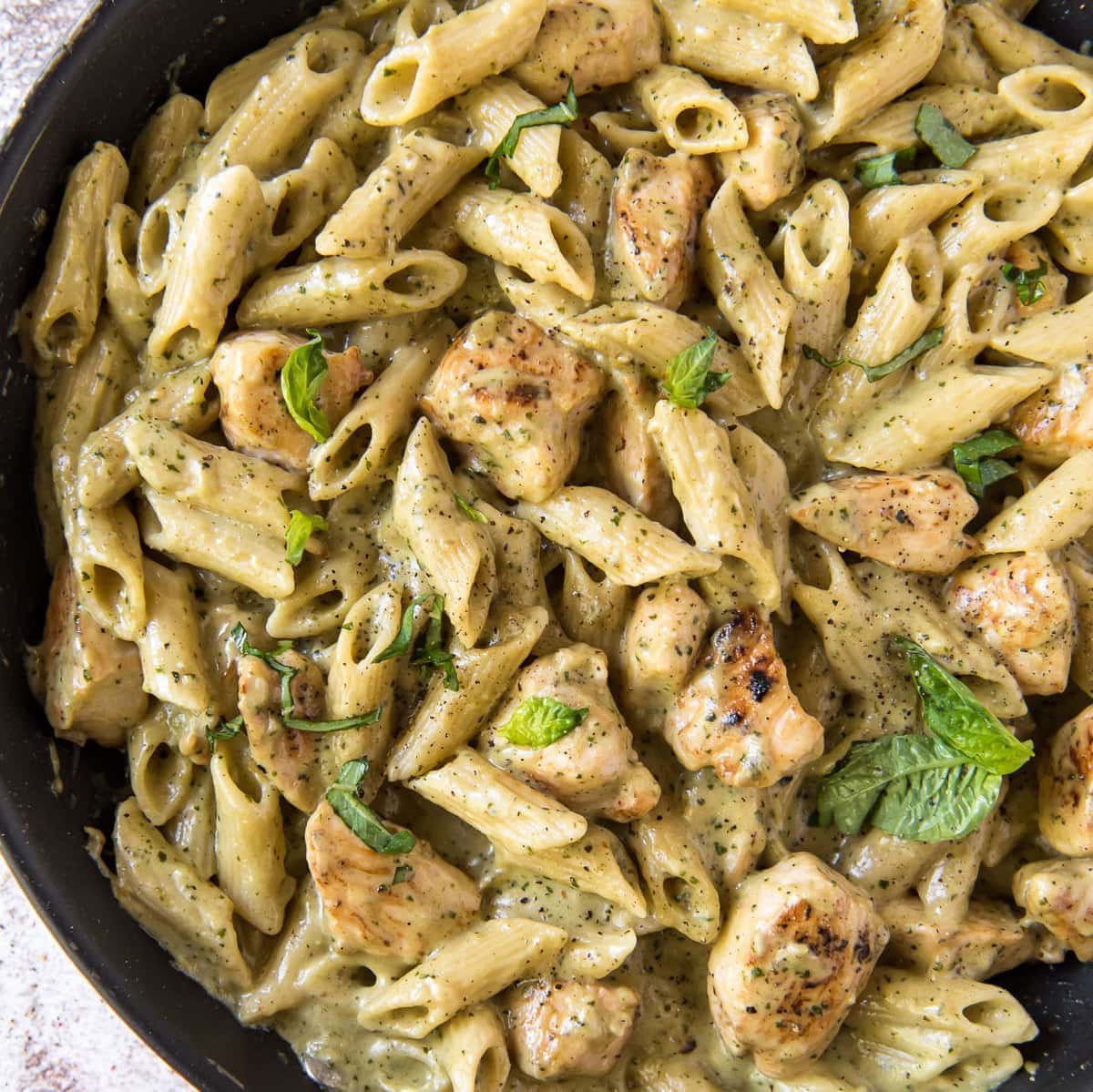
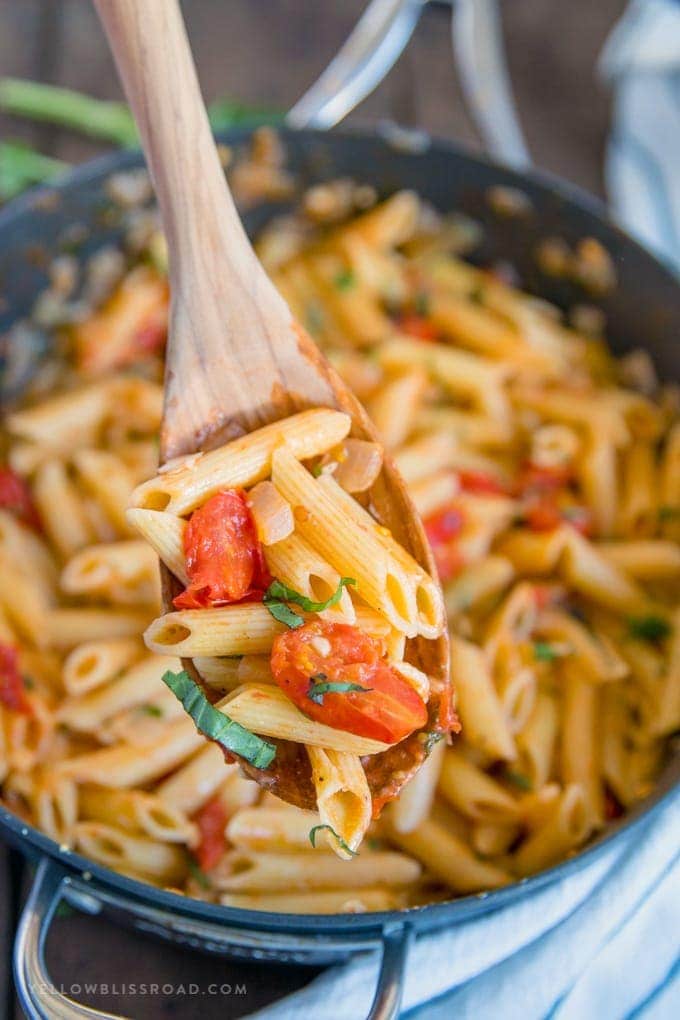
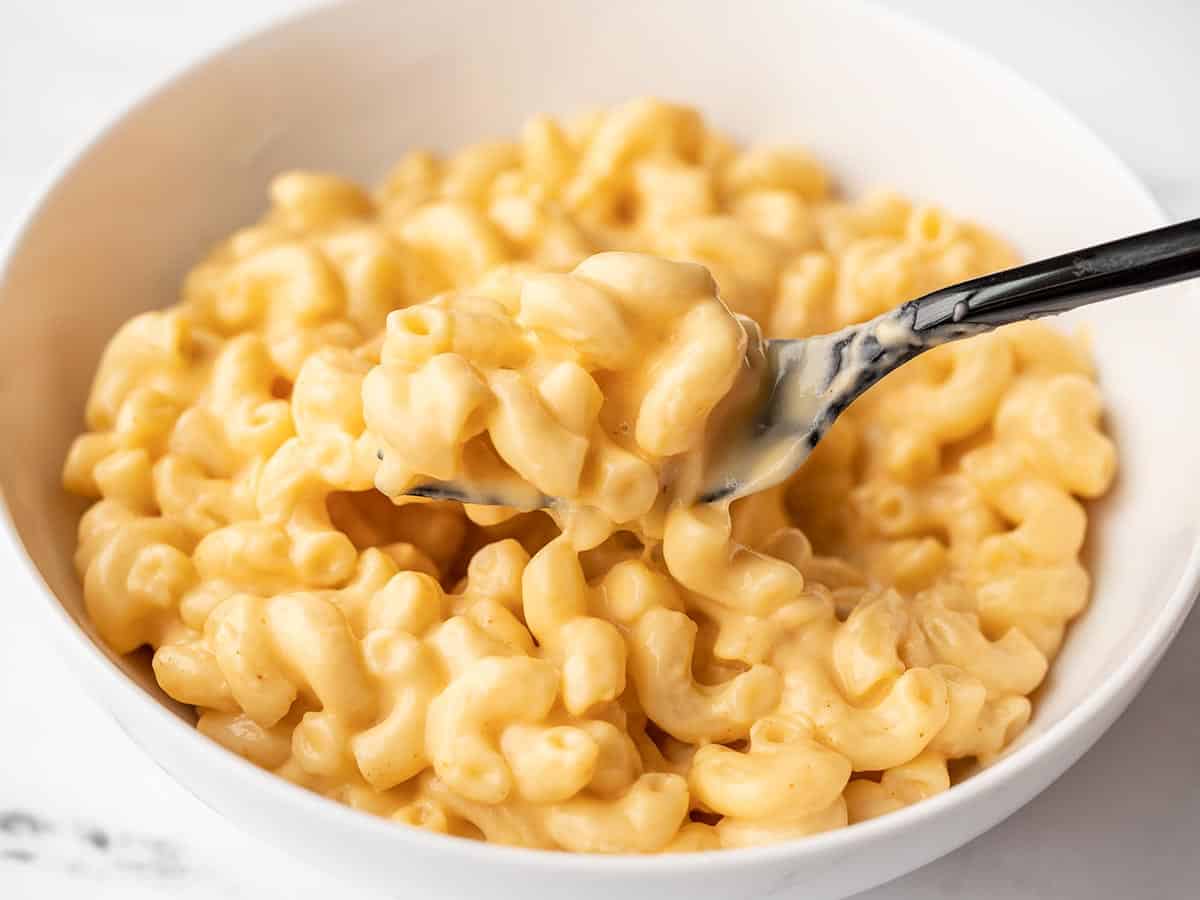

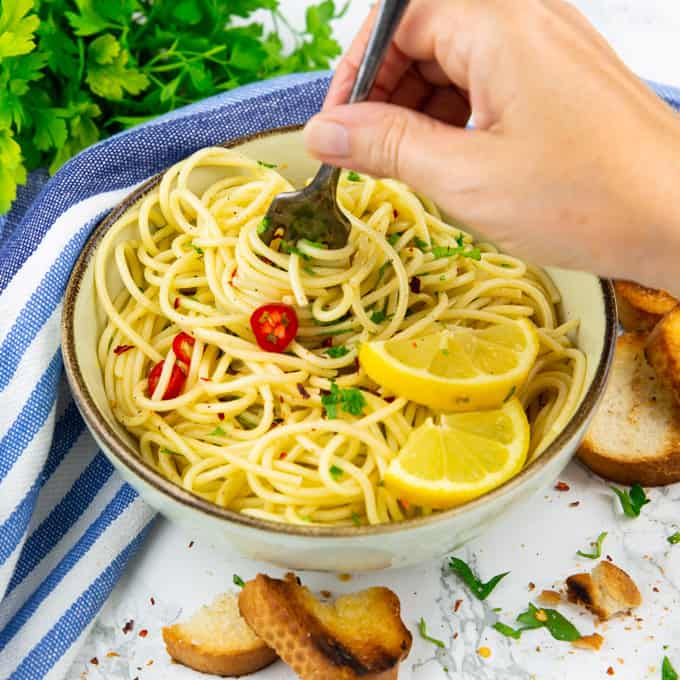
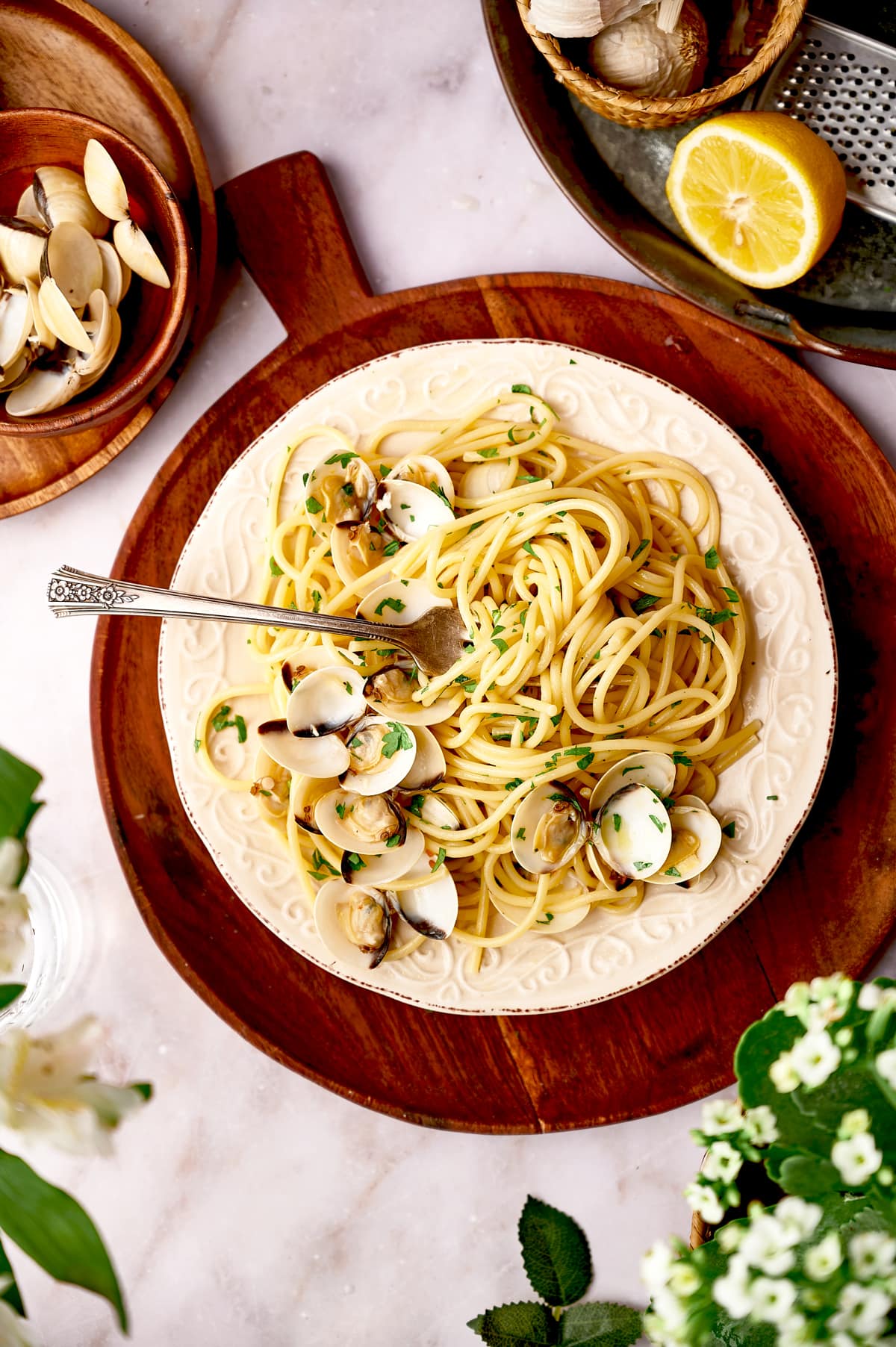

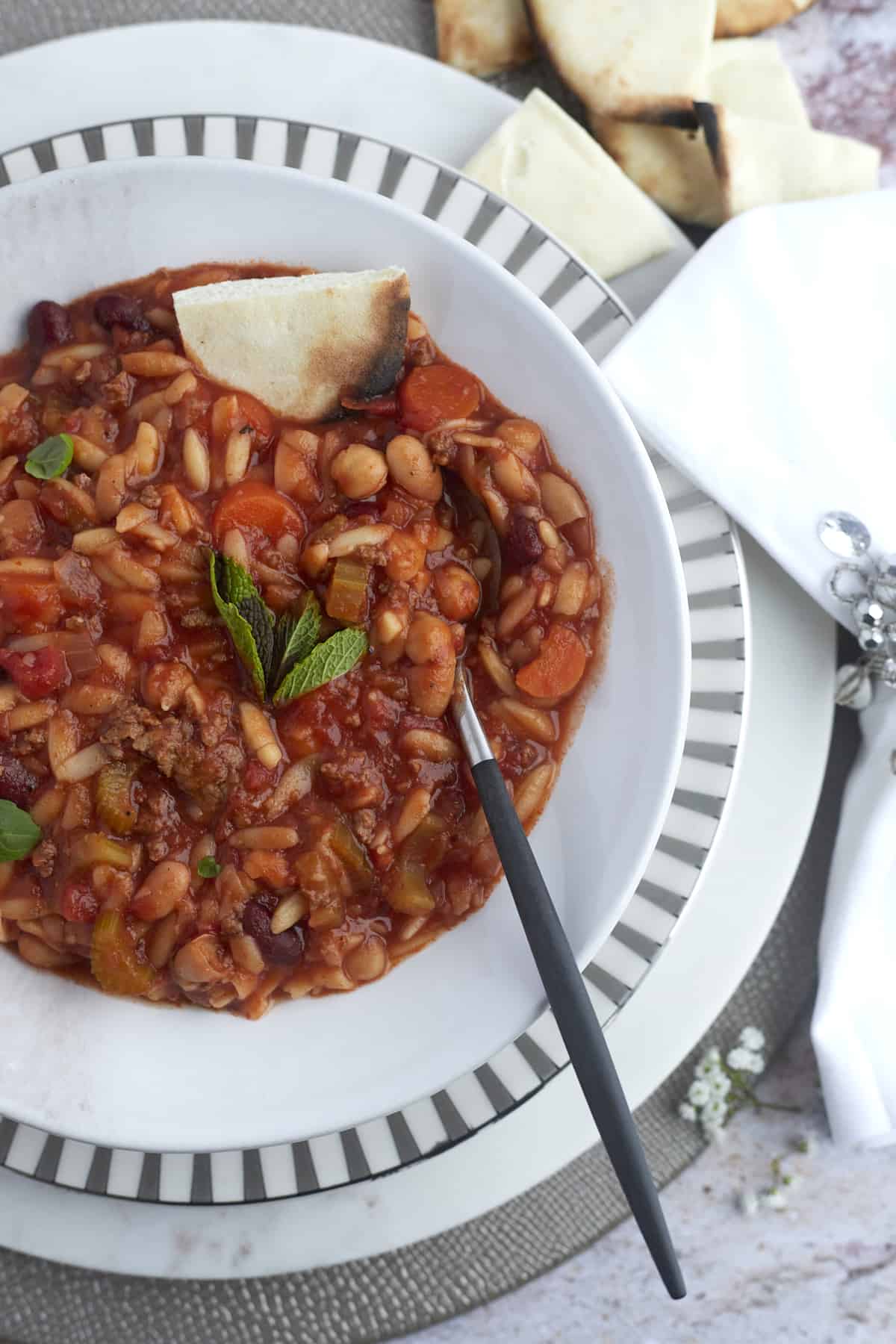

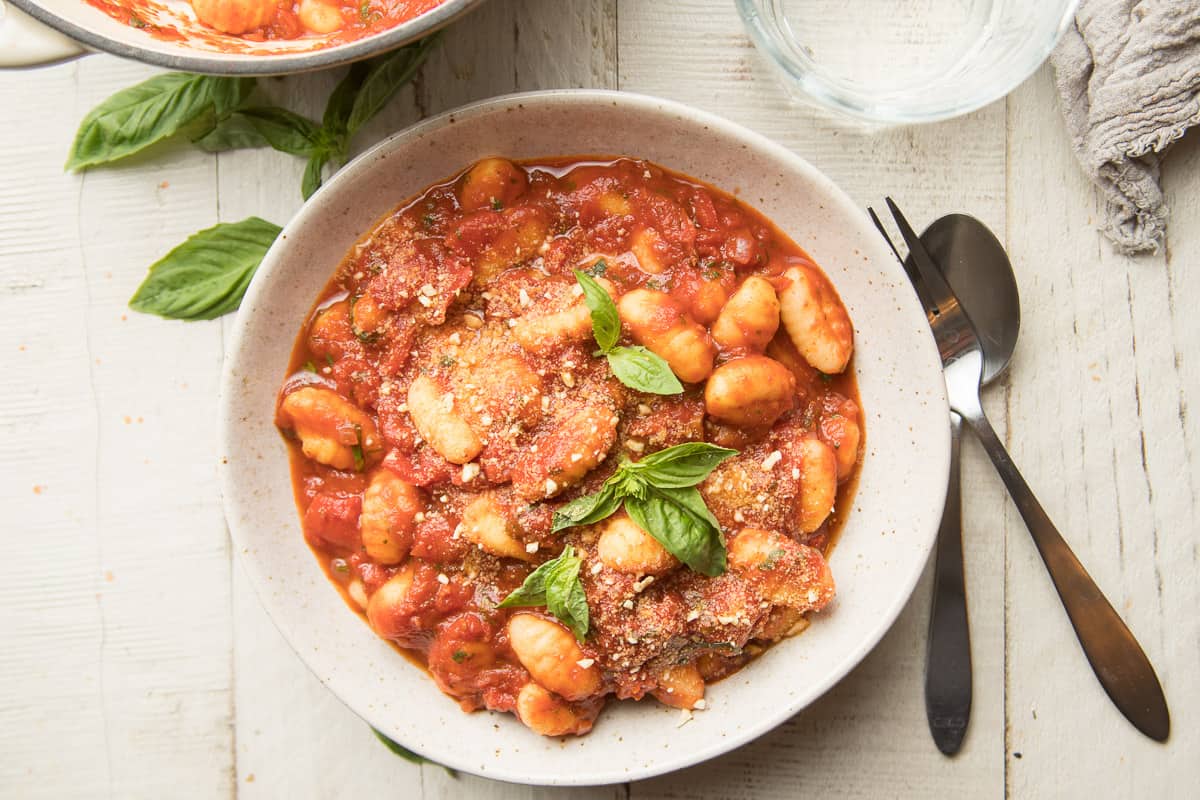

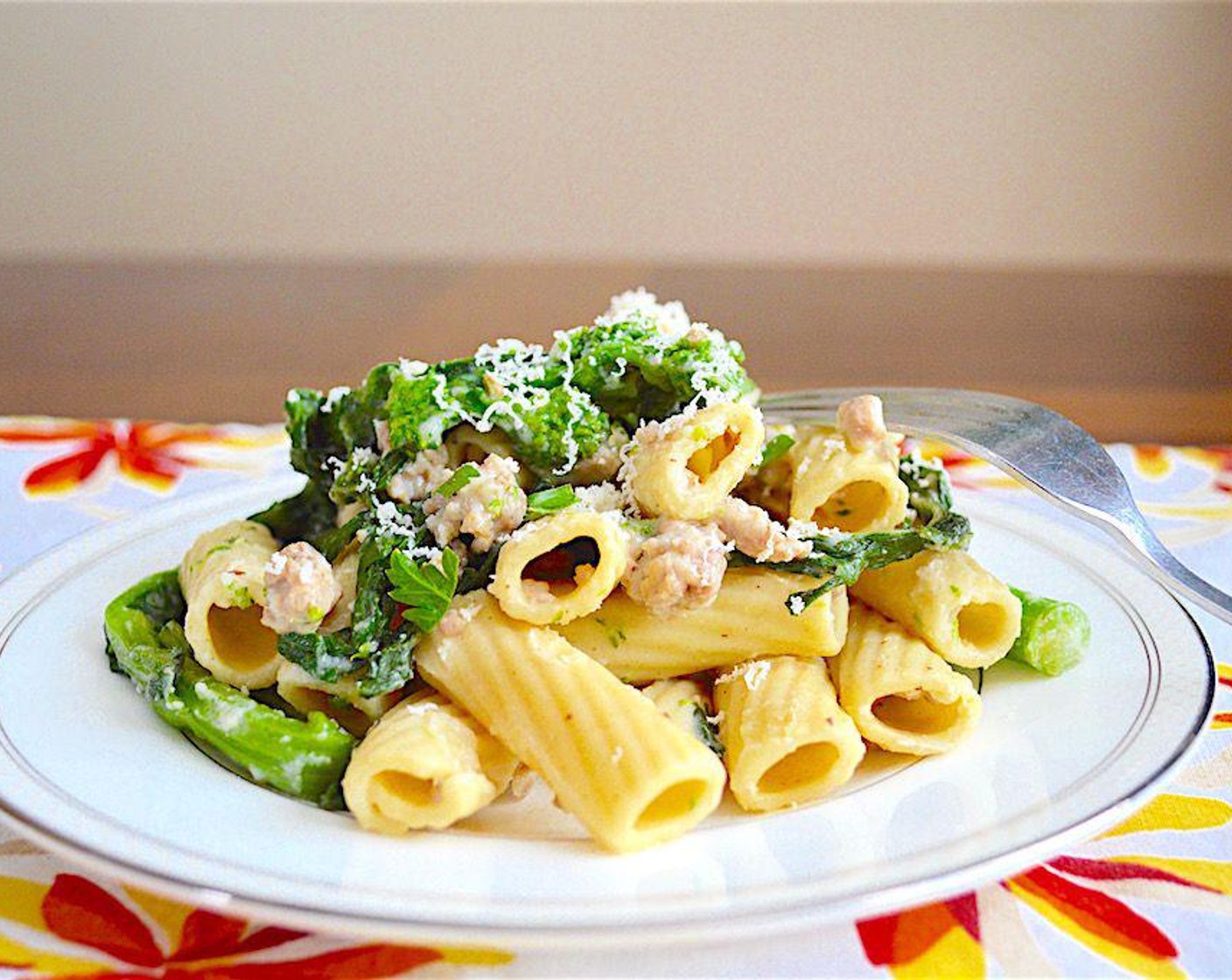
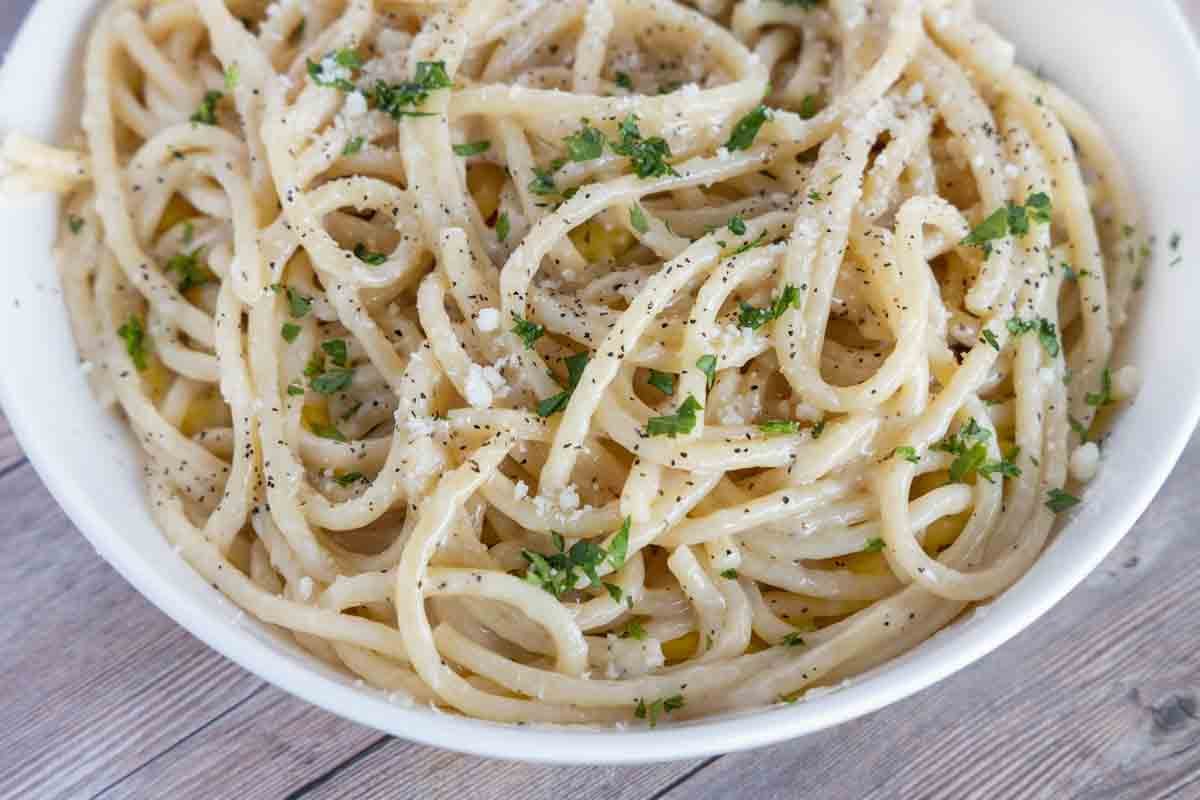
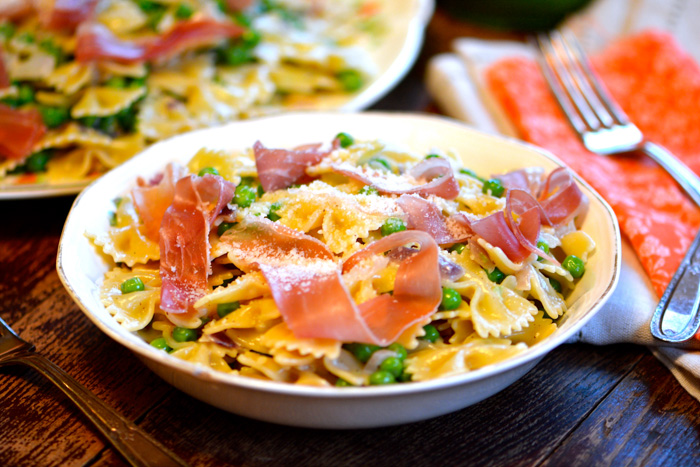
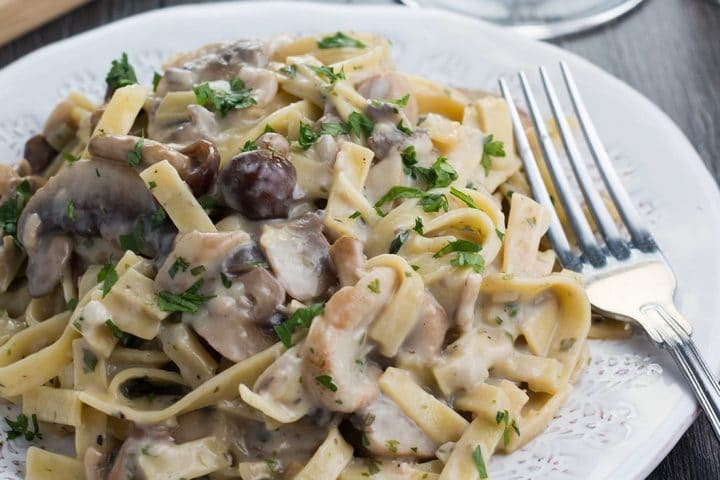
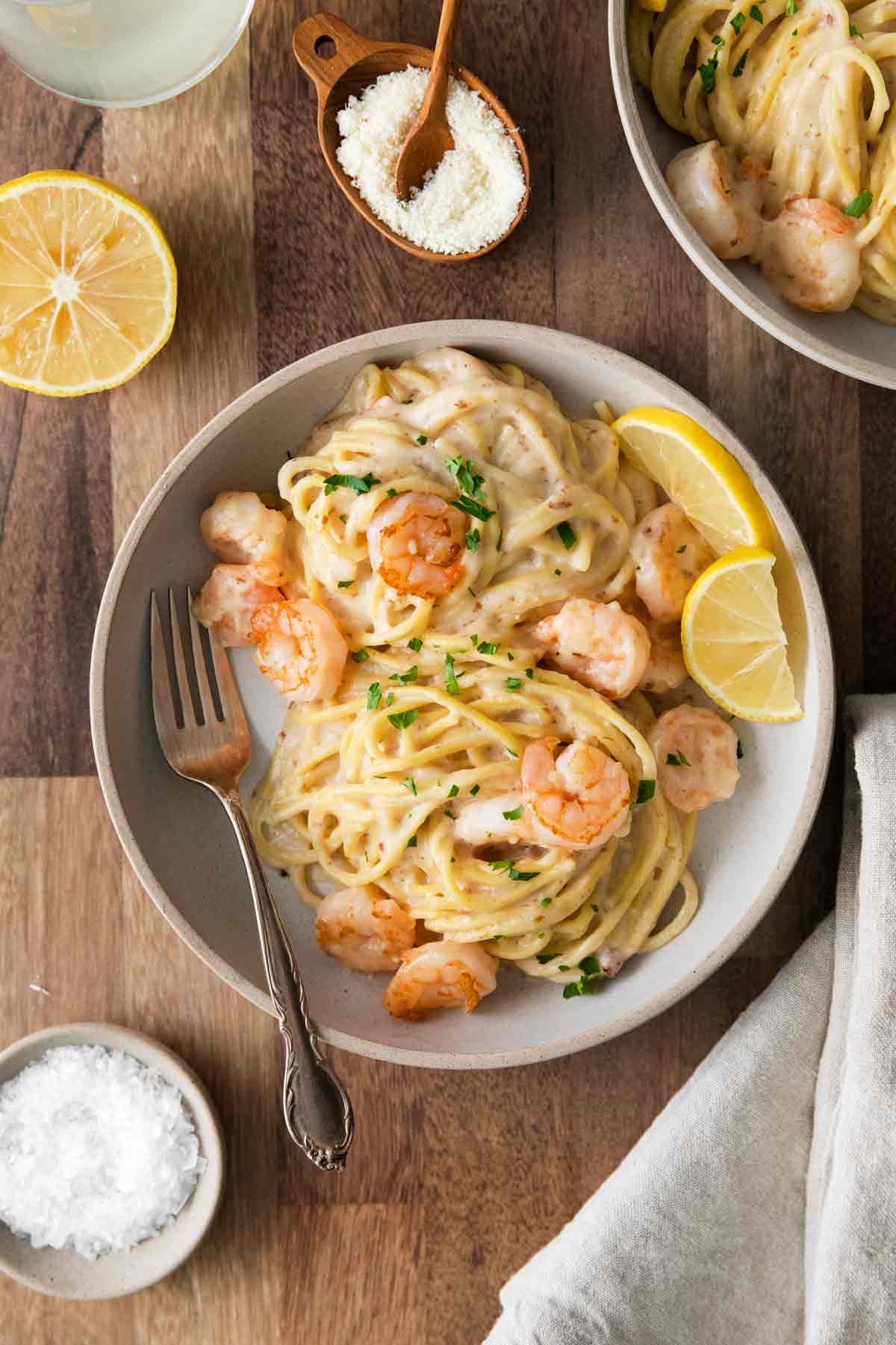
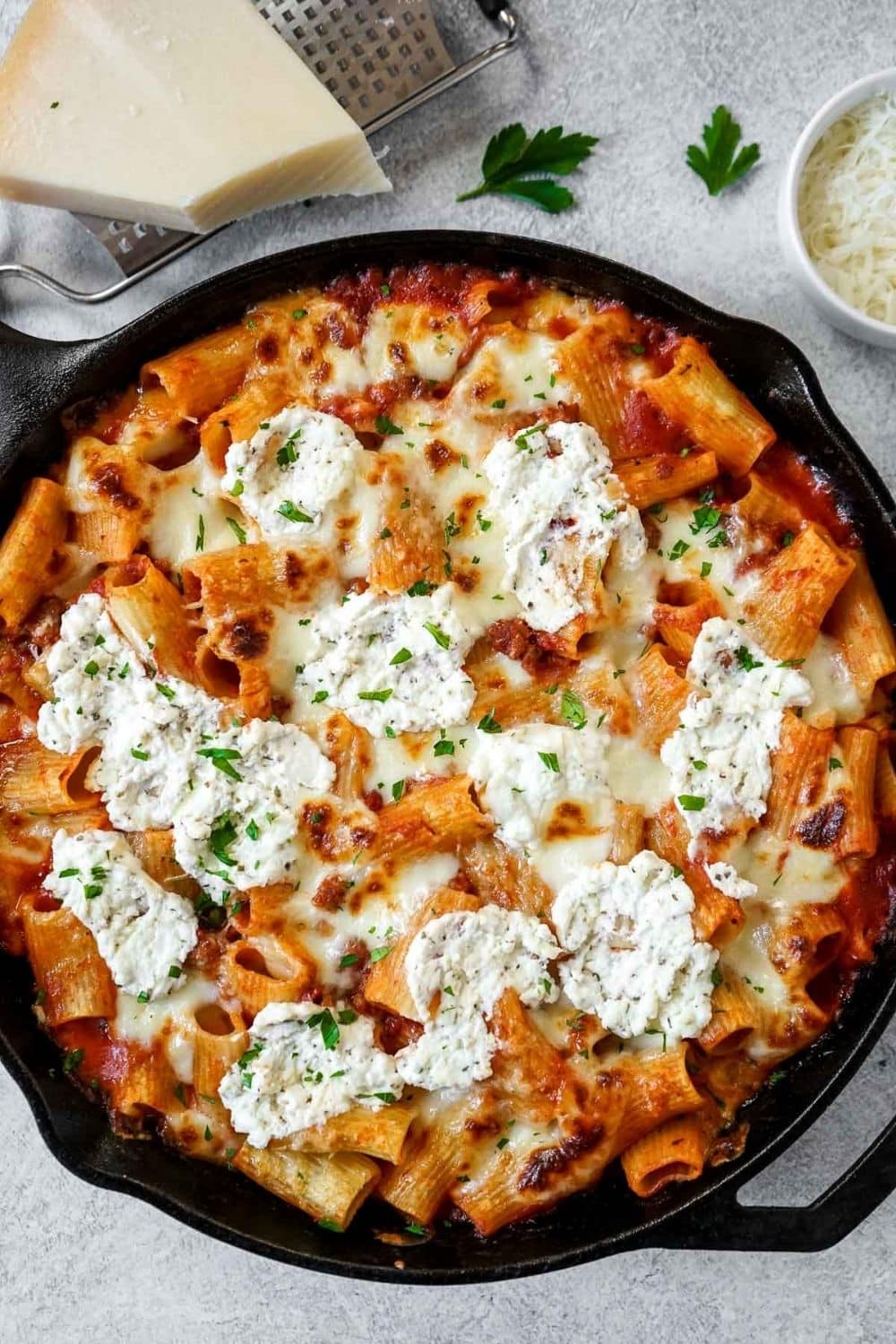
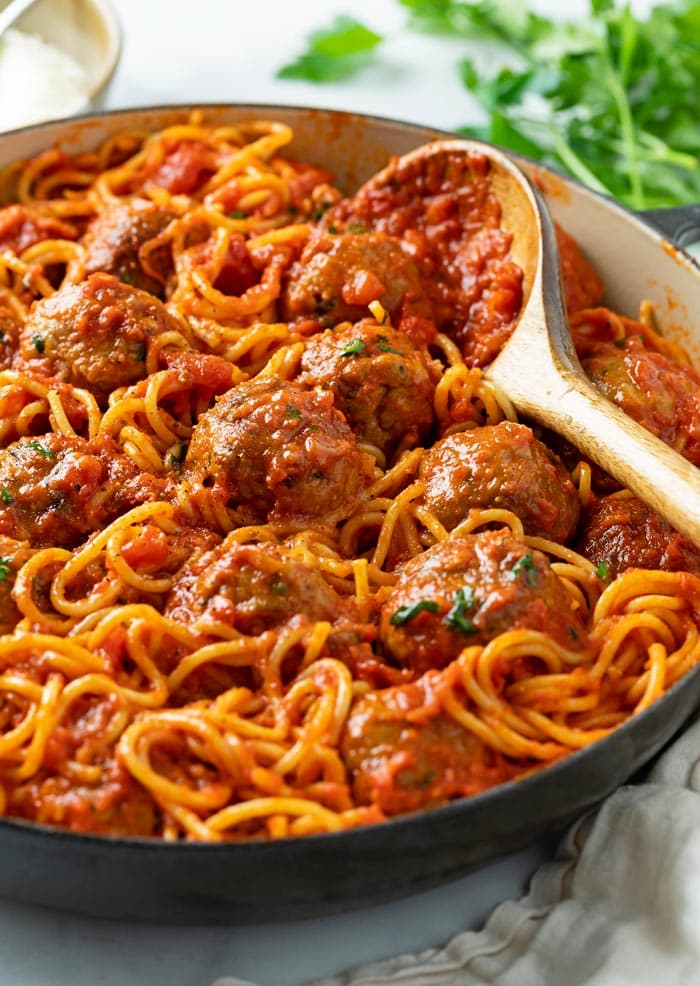
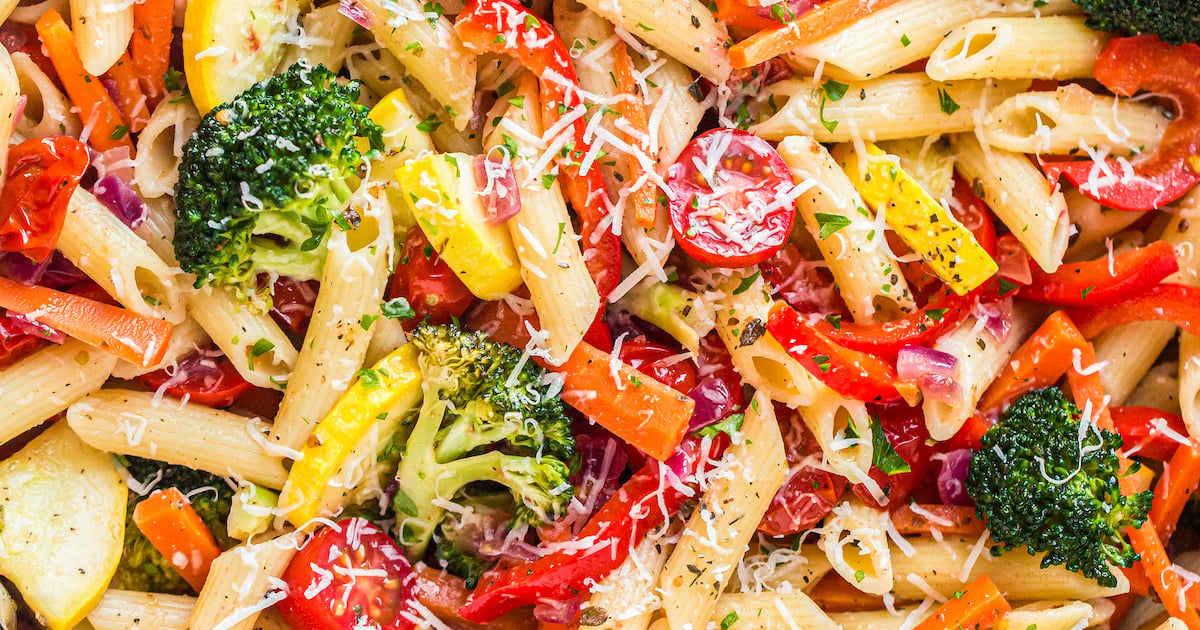
Did you like this recipe collection? Please leave a star ⭐️⭐️⭐️⭐️⭐️ rating below and/or a review in the comments section. You can also stay in touch with us through social media by following us on Pinterest, Facebook, Instagram, and Twitter.
Recipe Card
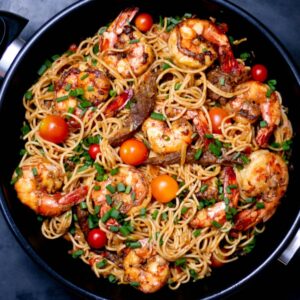
25+ Best Pasta Recipes (Easy and Delicious)
Ingredients
- Hearty Italian Spaghetti Bolognese
- Easy Roasted Butternut Squash Pasta (Healthy, Vegan)
- Easy Pasta Carbonara
- Broccoli Garlic Pasta Recipe (Best and Simple)
- Homemade Chicken Fettuccine Alfredo
- Best Lasagne
- Orzo with Pesto and Sun-dried Tomatoes (Easy and Delicious!)
- Chicken Penne Alla Vodka
- Linguine with Canned Clams
- Creamy Chicken Pesto Pasta
- Tomato Basil Pasta
- Extra Cheesy Homemade Mac and Cheese
- The Best Baked Ziti – Simple and Easy
- Spaghetti Aglio e Olio
- Spaghetti alle Vongole Recipe
- Rigatoni alla Norma (Eggplant Sauce)
- Pasta E Fagioli (Olive Garden Copycat Recipe)
- Baked Cannelloni for Italian Comfort Food
- Gnocchi with Zesty Red Wine Tomato Sauce
- Traditional Spaghetti Carbonara Recipe
- Spicy Sausage and Broccoli Rabe Rigatoni Recipe
- Authentic Italian Cacio e Pepe
- Farfalle with Peas and Prosciutto
- Creamy Tagliatelle & Mushrooms
- Creamy Shrimp Scampi
- Cheesy Rigatoni al Forno with Sausage (One Pan!)
- Spaghetti and Meatballs Recipe
- Easy Pasta Primavera
Instructions
- Boil the water: Fill a large pot with water and bring it to a boil over high heat. Add salt to the water to season the pasta.
- Cook the pasta: Add the pasta to the boiling water and cook according to the package instructions, stirring occasionally to prevent sticking. Depending on the pasta shape and type, cooking time can vary from 8 to 12 minutes.
- Prepare the sauce: While the pasta is cooking, prepare the sauce. Heat olive oil in a pan and sauté the onions and garlic, then add the tomato sauce or other sauce ingredients and let it simmer until it thickens.
- Drain the pasta: Once the pasta is cooked, drain it in a colander and reserve some pasta water.
- Combine pasta and sauce: Add the drained pasta to the sauce and toss until the pasta is coated in the sauce. If the sauce is too thick, add some reserved pasta water to thin it out.
- Add additional ingredients: Add any additional ingredients to the pasta and sauce, such as vegetables, meat, or cheese.
- Serve: Plate the pasta and serve hot, topped with grated cheese and fresh herbs if desired.
Notes
- Use plenty of salt: Add a generous amount of salt to the boiling water before cooking the pasta. This will help to season the pasta and prevent it from sticking together.
- Don’t overcook the pasta: It’s important to cook the pasta al dente, which means it should be cooked through but still slightly firm to the bite. Overcooked pasta can become mushy and lose its texture.
- Save some pasta water: Before draining the pasta, reserve some pasta water. This starchy water can be added to the sauce to help it thicken and adhere better to the pasta.
- Use good quality ingredients: Using high-quality pasta, sauce, and additional ingredients will help to elevate the overall flavor and quality of the dish.
- Toss the pasta in the sauce: Once the pasta is cooked, add it directly to the sauce in the pan and toss it until it is well coated. This will help the sauce to adhere to the pasta and ensure that every bite is flavorful.
- Add fresh herbs and cheese: Finishing the dish with fresh herbs, such as basil or parsley, and grated cheese will add extra flavor and texture to the pasta.
- Taste as you go: Taste the pasta and sauce as you cook to adjust the seasoning and ensure that the flavors are balanced.
